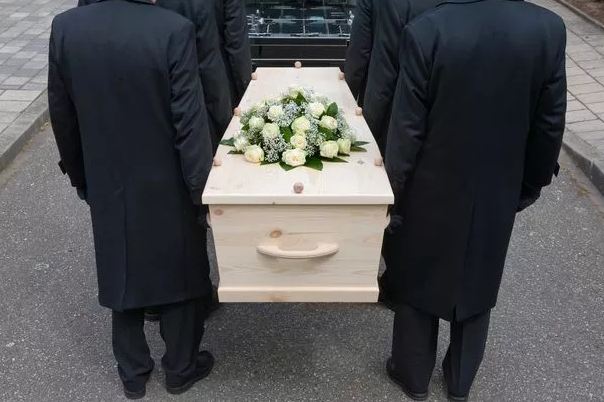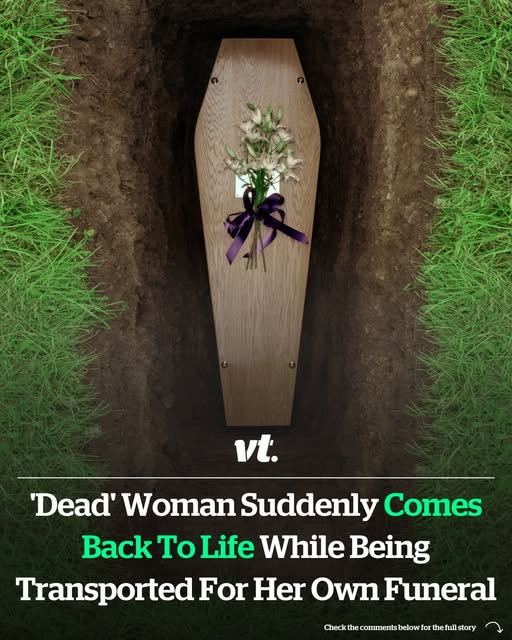In a remarkable and unsettling incident, an elderly woman in Palma, Majorca, was mistakenly declared dead and later found alive while being transported to her own funeral. This case has ignited discussions about the protocols surrounding death declarations and the potential for grievous errors in such critical determinations.
The Incident Unfolds
The unnamed woman had been admitted to Juan March de Bunyola Hospital in Palma, Majorca, due to deteriorating health. Medical staff pronounced her dead after her condition worsened. Subsequently, her body was transferred to the hospital’s mortuary and then to the Son Valenti funeral parlour for burial preparations. However, during the embalming process, funeral home staff noticed signs of life. The woman exhibited a pulse and slight finger movements, prompting immediate action. Paramedics were called, and she was rushed back to the hospital for urgent care. An internal investigation is now underway to understand how such a critical error occurred.

Similar Cases Highlight Systemic Issues
This incident is not isolated. Several similar cases have been reported globally, raising concerns about the accuracy of death declarations and the systems in place to prevent such errors.
Nebraska, USA
In June 2024, 74-year-old Constance Glantz was declared dead at a nursing home in Waverly, Nebraska. Her body was transported to Butherus-Maser & Love Funeral Home, where staff discovered she was still breathing. Emergency services were called, and Glantz was taken to a hospital, where she later passed away. Authorities found no criminal intent but launched an investigation into the circumstances surrounding the error.
Long Island, New York
In February 2023, 82-year-old Janet Balducci was mistakenly declared dead at the Water’s Edge Rehabilitation & Nursing Center. She was sent to Casimir Funeral Home for embalming, where a worker noticed she was breathing. Balducci was hospitalized but died a day later. Her family filed a lawsuit against the nursing home and funeral home for negligence and wrongful death.
Poland
In 2014, 91-year-old Janina Kolkiewicz was declared dead by her family doctor and placed in a mortuary. Eleven hours later, mortuary staff noticed movement in her body bag. Kolkiewicz returned home, reportedly feeling “normal” and unaware of the incident due to her late-stage dementia.
The Importance of Accurate Death Declarations
These cases underscore the critical need for stringent protocols in declaring death. Medical professionals must adhere to comprehensive procedures, including checking for vital signs multiple times and utilizing advanced monitoring equipment when necessary. The consequences of premature death declarations are profound, affecting not only the individuals involved but also their families and the credibility of medical institutions.
Legal and Ethical Implications
Mistaken death declarations carry significant legal and ethical ramifications. Families may pursue legal action for emotional distress, negligence, and wrongful death, as seen in the Balducci case. Medical facilities and professionals may face disciplinary actions, fines, and damage to their reputations. These incidents also prompt ethical debates about end-of-life care, patient rights, and the responsibilities of healthcare providers.
Moving Forward: Preventative Measures
To prevent such occurrences, healthcare institutions should:
- Implement rigorous training programs for medical staff on death determination protocols.
- Utilize advanced diagnostic tools to confirm the absence of vital signs conclusively.
- Establish mandatory waiting periods before transferring bodies to funeral homes.
- Encourage transparent communication among medical personnel, patients’ families, and funeral service providers.

Conclusion
The case of the woman in Majorca serves as a stark reminder of the fallibility of medical assessments and the profound impact of errors in declaring death. It highlights the necessity for meticulous procedures, continuous education, and systemic safeguards to uphold the dignity and rights of individuals at the end of life. As investigations continue, it is imperative for the medical community to reflect on these incidents and strive for improvements that prevent future tragedies.

















